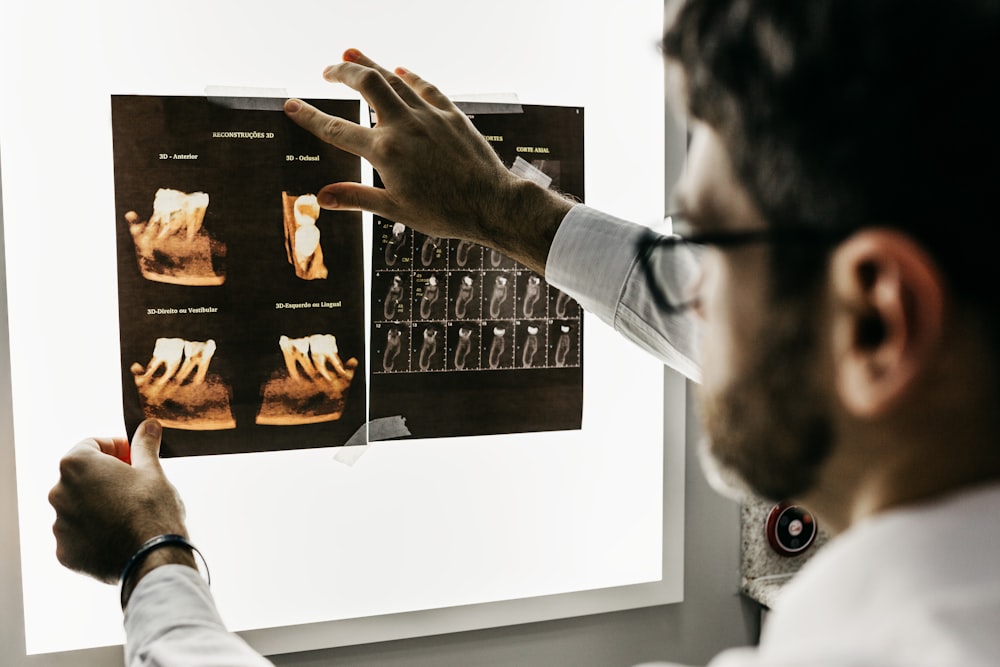Oct 26
2021
7 Innovations That Improve Operating Room Efficiency

Surgeries are primary income-generating activities in hospitals and health care facilities. As such, efficiency is crucial in the operating room (OR), where time equates to money as well as someone’s life.
Numerous procedures are done in operating rooms to remove tumors or replace faulty body parts daily. And while carrying them out allows surgeons to upgrade their skills, such improvement must be matched by technologies to make surgical procedures and their outcomes better overall.
Ultimately, the operating room staff must have all the resources to minimize errors and downtime while improving patient experience. Below are a few of the emerging innovations that enhance efficiency in the OR.
- Technologically Advanced Surgical Cameras
With cutting-edge imaging technology, doctors can operate with surgical precision. Advanced surgical cameras are capable of not only providing three-dimensional views but also capturing high-definition images. Ultra-small in size, they can be inserted into any body cavity, helping surgeons reach any internal area. Once inside, these cameras create an accurate map of the patient’s body.
Additionally, there are surgical headlights that do more than illuminate the surgical site. Others come with video recording capabilities such as BFW’s LED surgical headlight system to facilitate minimally invasive surgical procedures.
- Hybrid Operating Rooms
As the name suggests, a hybrid operating room is a traditional operating room equipped with the latest technologies and imaging systems, including computed tomography (CT) scanners, magnetic resonance imaging (MRI) machines, and the like. This type of operating room also comes with modern surgical tools for minimally invasive procedures.
A hybrid OR procedure involves far more precise and efficient methods than those carried out in standard operating rooms. Setting up and maintaining one can be costly, though, with estimates reaching several million dollars.
